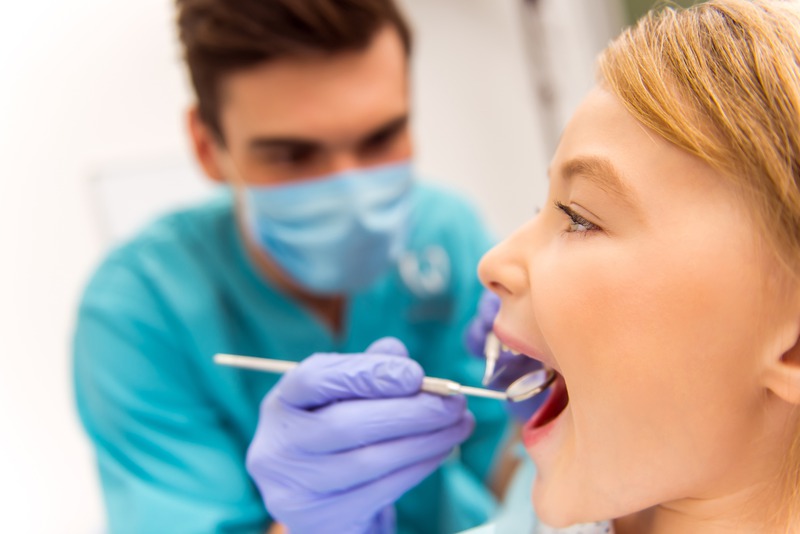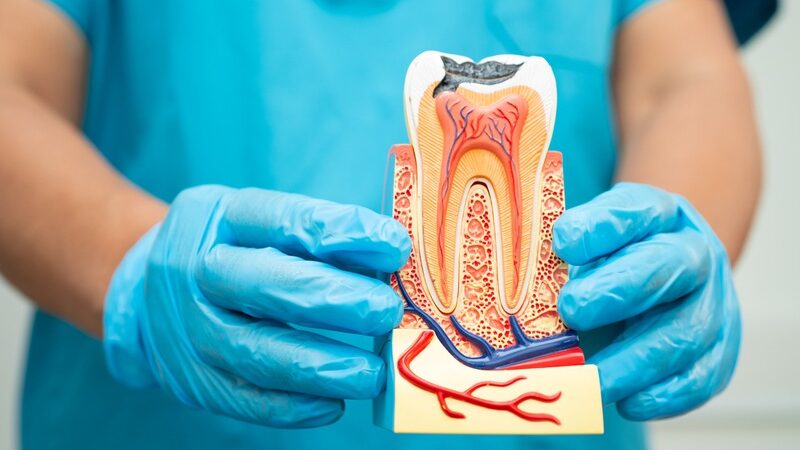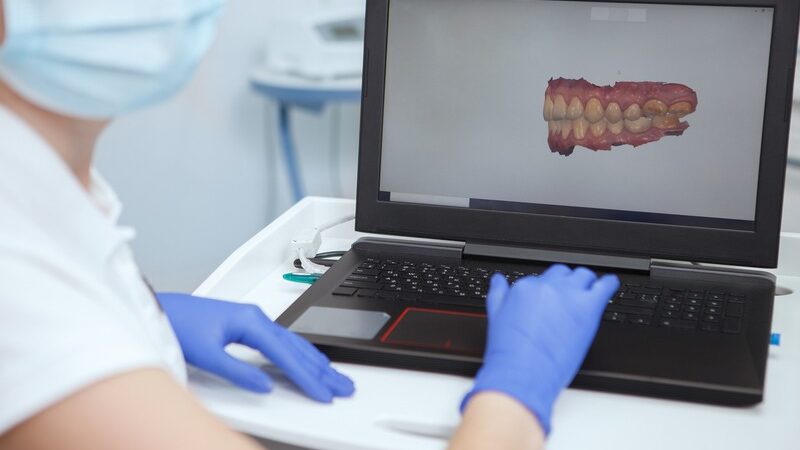Instilling good dental hygiene habits in children is a task that comes with its set of challenges. Yet, the rewards of a healthy smile are worth the effort. As parents, we can make a difference by demonstrating the right ways to care for teeth from a young age. This essential guide will discuss practical ways to help your child master the art of brushing and flossing.
Introduce the Concept Early
Children are naturally curious, so tapping into this trait is key when it comes to teaching them about dental hygiene. Start talking to them about their teeth and why we need to keep them clean. Telling them tales about how their favorite superheroes combat the ‘cavity monsters’ by brushing can make the process fun and engaging.
Choose the Right Tools
Selecting child-friendly dental tools is the first step in making brushing and flossing appealing. Look for:
-
Soft-bristled, small-headed toothbrushes suitable for their mouth.
-
Fluoride toothpaste with flavors they enjoy.
-
Flossers designed specifically for children, which are often easier for them to handle.
Allowing kids to pick their own toothbrush and toothpaste can make them more excited about using them.
Show Them How It’s Done
Children learn best by watching and imitating, so make sure you show them how to brush and floss properly. Demonstrate by brushing your own teeth with exaggerated movements, emphasizing circular motions along the gumline and the back-and-forth motion on the chewing surfaces. For flossing, gently guide the floss between two teeth and carefully move it up and down, curving it around the base of each tooth.
Establish a Routine
Routines are significant in a child’s life. It helps them understand that brushing and flossing are as essential as eating breakfast or getting dressed. Aim to incorporate dental hygiene into their morning and nighttime routines, so it becomes second nature.
Make It a Family Activity
Set an example by making dental hygiene a family affair. When it’s time to brush and floss, everyone should head to the bathroom and do it together. This unity presents oral care as a normal part of life and can even turn it into a bonding experience.
Brush and Floss at the Same Time
Pairing brushing with flossing helps to create a comprehensive dental care session. Teach your child to always brush their teeth first to remove the bulk of food particles and plaque, followed by flossing to clean the hard-to-reach areas between the teeth. This one-two punch is critical for preventing tooth decay and maintaining overall oral health.
Use a Timer
To ensure your child brushes for the recommended two minutes, use a timer. Many toothbrushes come with built-in timers, or you can use a kitchen timer. Some parents find success in playing a favorite song that lasts for about two minutes, so the child knows to keep brushing until the song ends.
Positive Reinforcement
Like any aspect of teaching, positive reinforcement can go a long way. Consider setting up a reward system, such as a sticker chart, where they earn a sticker for every day they brush and floss without a reminder. Once they reach a certain number of stickers, they can choose a prize. Commend them for their diligence, making them eager to continue the practice.
If you’re unsure about the proper techniques or have concerns about your child’s oral health, it’s always a good idea to seek professional guidance. A visit to a Bradenton dentist or your local dental professional gives you access to personalized advice and demonstrations for effective brushing and flossing.
Use Resources and Visual Aids
Kids react well to visual learning, so don’t hesitate to make use of dental hygiene charts, apps, or books that encourage proper oral care. Seeing the process in a visual format can help them remember the steps more clearly.
Incorporating regular dental visits into your child’s oral healthcare is vital. When it’s time for their appointment, make the journey a part of the experience. Need help finding your way? Don’t hesitate to get directions, ensuring that the path toward maintaining a healthy smile is always clear.
Monitor and Adjust Techniques
As children grow older, their dental care needs can change. Regularly check their brushing and flossing techniques and make adjustments as needed. Compliment them when you see improvements, and gently correct them if you spot mistakes.
Wrapping Up
Teaching your child to brush and floss correctly is a significant part of their development. Through understanding, patience, and the right approach, you can ensure they adopt efficient oral hygiene habits that will benefit them for a lifetime. Keep it fun, consistent, and interactive, and watch your child’s dental health thrive. Remember, nurturing a healthy smile begins with those first strokes of the toothbrush and the gentle glide of floss between their tiny teeth.






